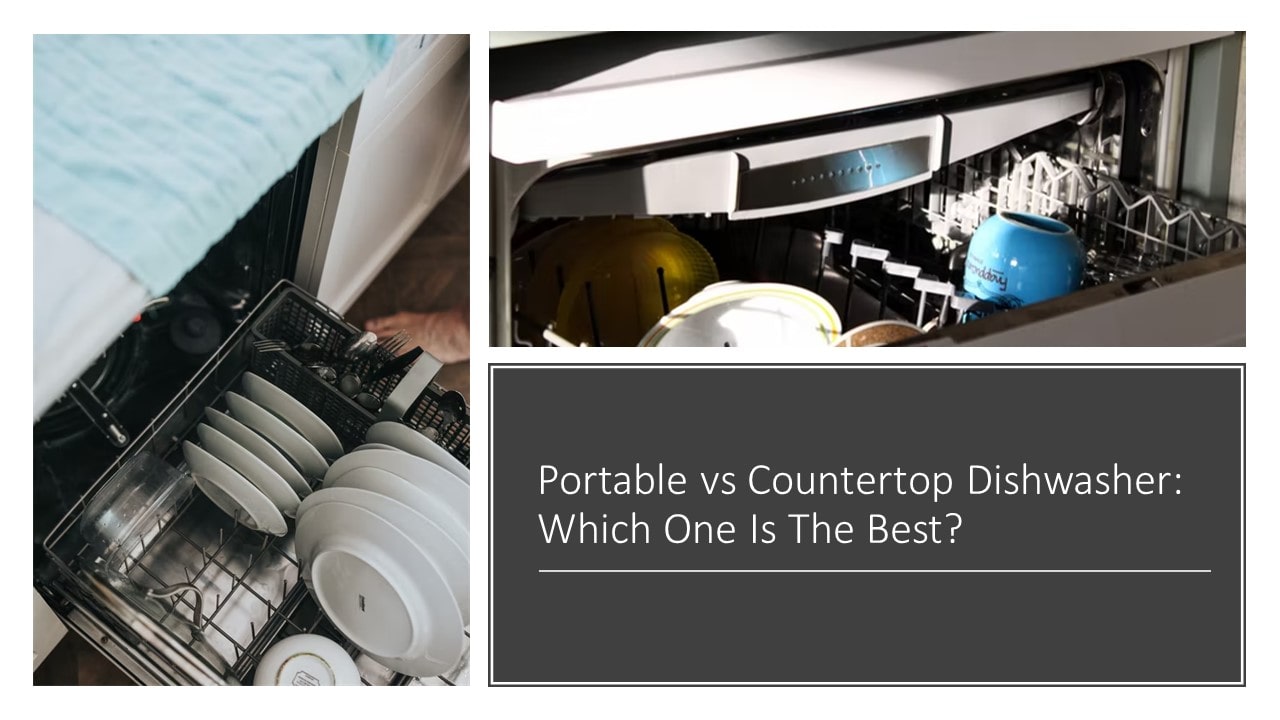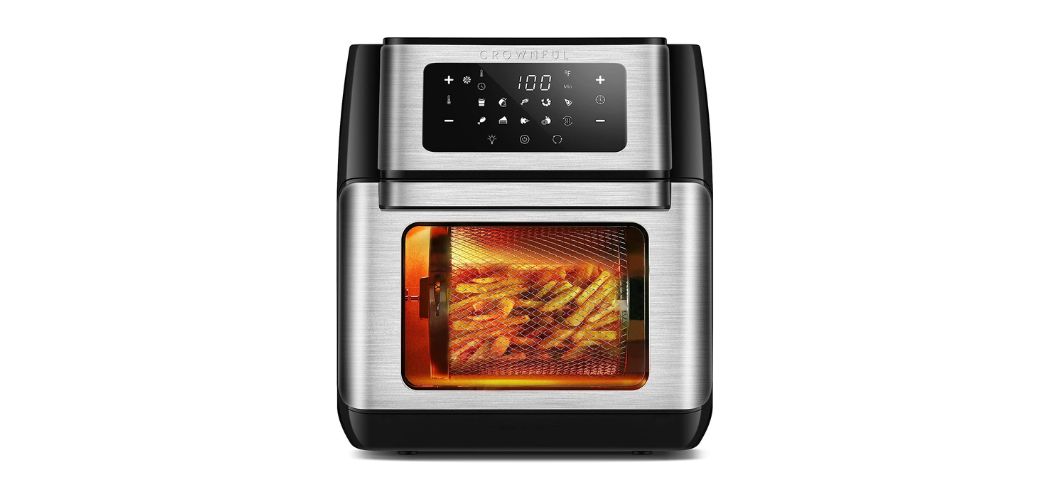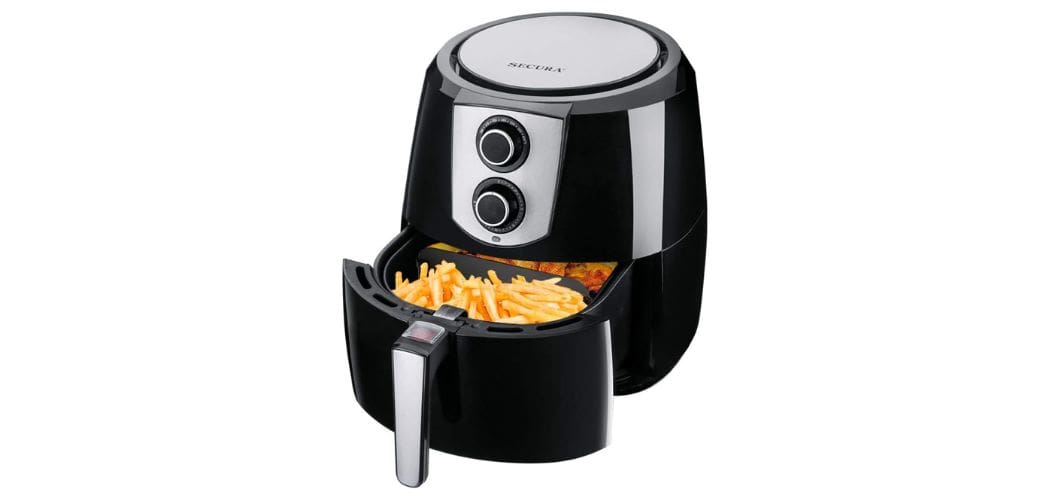Many homes cannot install a conventional dishwasher. It could be due to insufficient space in the kitchen or the extra cost that comes with it. So is washing dishes by hand the only way to clean utensils? No.
Fortunately, modern technology has evolved very much in recent years.
There are alternatives for built-in dishwashers too. The two most common appliances that come to the rescue are portable and countertop dishwashers.
These dishwashers, regardless of their size, brand, or features, assist in keeping your dishes clean and germ-free.
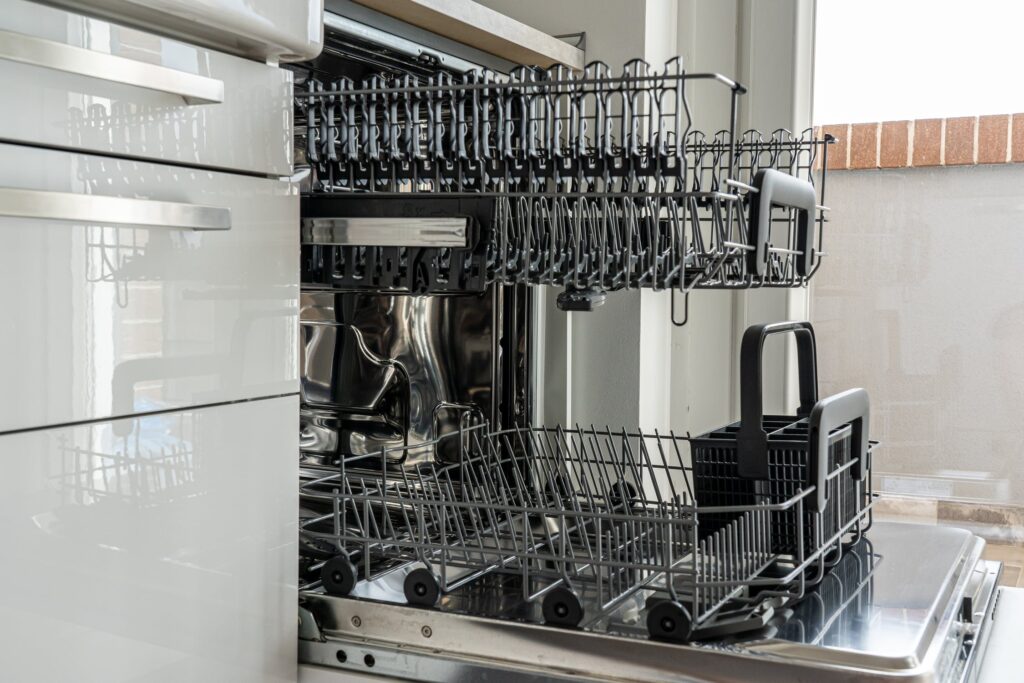
They give your kitchen an elegant and tidy look and are an essential feature of any kitchen makeover. But which kind of dishwasher among the two would be a good fit for you?
What are the significant differences between them? Read on to find out the distinctions between the two appliances. It will help you choose from finding the right one for your needs.
Table of Contents
What Is A Countertop Dishwasher?
These small appliances sit next to your washbasin on the countertop and connect to the faucet. However, some have built-in storage tanks to ramp up your water tap when the dishwasher works.
Most can hold up to six position configurations of dishes and glasses. Just like built-ins, they have multiple washing cycles and heating coils. Moreover, they also contain additional facilities.
These facilities include cup shelves, dinnerware holders, multi-touch detergent canisters, and pull-out shelves.
What Is A Portable Dishwasher?
A portable dishwasher is nothing more than a standard dishwasher that anyone can move around. You move it over to a basin, plug it in, connect it to a tap, and start it up when you require it.
It pulls as much freshwater as needed before pumping the filthy water into the basin. You can even keep them in cabinets and use them as additional counter space. Some types are 18 inches broad, while others, like an average dishwasher, are 24 inches wide.
The most significant disadvantage of portable dishwashers is their inability to clamp into all kinds of faucets. They come with a substitute clamp-ready aerator that you can screw into various faucets.
However, not all thread sizes are compatible. You may need to purchase a supporting adapter kit or change the faucet entirely. Dishwashers save time, but they also conserve water compared to hand-washing dishes.
When purchasing a new dishwasher, there are several market choices, but you must decide whether to choose a built-in or a portable type. The ideal option balances your demands, kitchen layout, and personal tastes.
What’s The Difference Between A Countertop And A Portable Dishwasher?
Dishwashers save time, but they also conserve water compared to hand-washing dishes. There are various choices available when purchasing a new dishwasher.
But the first decision here is whether to choose a countertop or a portable type. The ideal option balances your demands, kitchen layout, and personal tastes. Here are some factors that throw light on some of the differences between the two dishwashers:
Features and Options:
Multiple spray arms, particular wash cycles, and even targeted nozzles for hard-to-wash objects like pans and baking plates are expected benefits of countertop dishwashers over freestanding machines.
Freestanding dishwashers aren’t without their own set of advantages.
Many top-tier models boast of their features. It includes load-sensing technology, computerized timers, and several cycles in one go.
Design and Style:
A countertop dishwasher can go well with your kitchen cabinetry.
It sits under or above your countertop. This creates a clean, streamlined appearance that you as a homeowner may enjoy.
Alternatively, you may position a portable dishwasher wherever in your kitchen.
This is because it looks good on the sides as well as the top.

Portable dishwashers with custom cabinet facing are available from certain manufacturers. It allows them to sit beside your cupboards and fit in.
Therefore, design and style are largely dependent on your kitchen style. However, portable ones feel modern due to their all-around finish.
Dimensions and Capacity:
Portable dishwashers are generally 24 inches wide and accommodate 12 to 14 conventional place settings. Therefore, these units are perfect for households with more than two persons. They can hold and wash many dishes in one cycle.
Countertop units are perfect for households with more than two persons. They can hold and wash many dishes in one cycle and are generally smaller.
They measure around 18 inches wide and have roughly eight place settings. This is perfect for tiny houses or flats with less than three people.
Convenience and Flexibility:
Countertop dishwashers are somewhat permanently placed in your kitchen. Yes, you can move them too. But people generally buy a countertop model because they don’t have enough room for a built-in.
However, a freestanding dishwasher has rollers to make it move from one room to the other. Since you don’t have to place your dishwasher beneath your counter, a portable dishwasher gives you more storage room.
Chopping boards or countertop components are often placed on top of portable dishwashers. It provides extra cutting or prep area. However, if your cooking space is small, a standalone unit can obstruct your vision. It can also make your room seem crowded.
Countertop models don’t have such convenience. Since it sits on the counter, it takes up space instead of giving you extra room.
A standalone portable dishwasher attaches to your faucet and takes up space in your sink. Even if they have bypass pipes that enable you to run water, it’s still not convenient.
Installation and Cost:
There is no fixed variation between the prices of the two dishwashers. While both dishwashers include energy-saving cycles that help you save money on your power costs, a portable model doesn’t need any extra setup. It usually attaches to your kitchen tap and empties into your sink.
A countertop model may require additional help. It sits on the top, so choosing a suitable place can be problematic.
You also need to call a plumber to connect the pipeline. This may result in extra costs and charges.
If you want to save cost by instilling the dishwasher by yourself then make sure to read our step-by-step process.
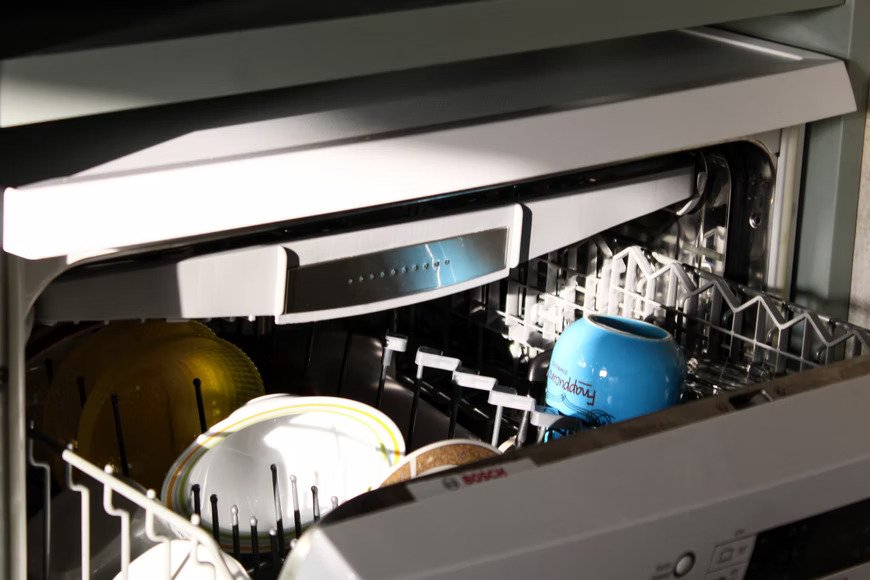
Modifications might be more expensive if your kitchen woodwork does not include an opening to accommodate dishwashers.
Portable dishwashers generally cost equal to fixed dishwashers of comparable size and features. However, countertop models typically cost between $200 and $400. This is due to their limited size and capacity.
They’re also advertised as a “step-up” device. They are a step-up because people use them for a short time. After that, they mostly upgrade to a more oversized portable or permanent dishwasher.
Quick Comparison Guide:
| Aspects | Portable | Countertop |
| Features and Options | Several modern features for better cleaning. | Only does the job of cleaning properly. However, higher models have many features. |
| Design and Style | Feels premium due to a good finish. | It can gather dust if not taken proper care. |
| Dimensions and capacity | Portable dishwashers are generally 24 inches wide and accommodate 12 to 14 conventional place settings. | They measure around 18 inches wide and have roughly eight place settings. |
| Convenience and Flexibility | More convenient due to rollers used for moving. | Less convenient due to their fixed position and bulky nature. |
| Installation and Cost | Costs are equal to built-ins. Rangers from $700-1000. | It is cheaper but is used as an alternative to built-ins. Costs around $300-400. |
FAQs
Is A Portable Dishwasher A Good Investment?
Appliances that can move around freely are usually better than fixed ones. Out of all the dishwasher users, more than half use portable machines.
Users in the commercial sector, such as hotels and restaurants, appreciated their mobility. If you move often and like traveling, portable dishwashers are pretty helpful.
Is It Necessary To Have A Plumbing Connection For Tabletop Dishwashers?
Yes, it is a necessity. Because of the way dishwashers function, they need a constant supply of fresh water and a drainage system. However, they don’t always need the same sort of piping as full-size dishwashers.
Can I Use A Portable Dishwasher As A Built-In?
You may permanently connect the water supply and drain with any portable dishwasher. Based on whether the dishwasher is top-loading or front-loading and the controls, you may place them at one fixed location. This task will need the use of plumbing knowledge.
Final Verdict
It mostly depends on your preferences when deciding which appliance performs best. Many individuals prefer countertop dishwashers because they eliminate the need to move dishes from storage to the kitchen. You may load them up and get going.
On the other hand, portable and countertop dishwashers clean and dry dishes just as effectively. The points given above detail the differences between the two devices. However, you should read product reviews to learn more about the model’s capabilities.

